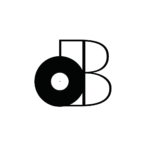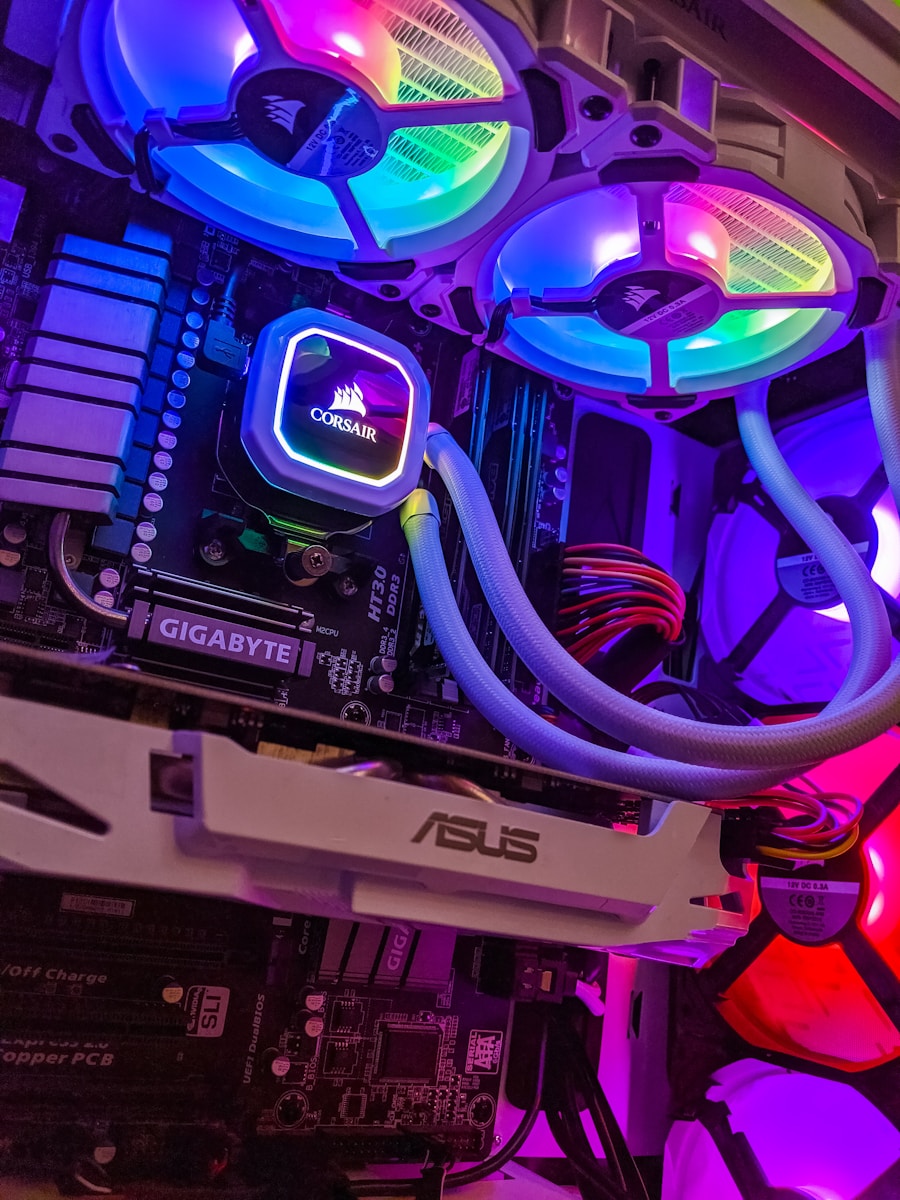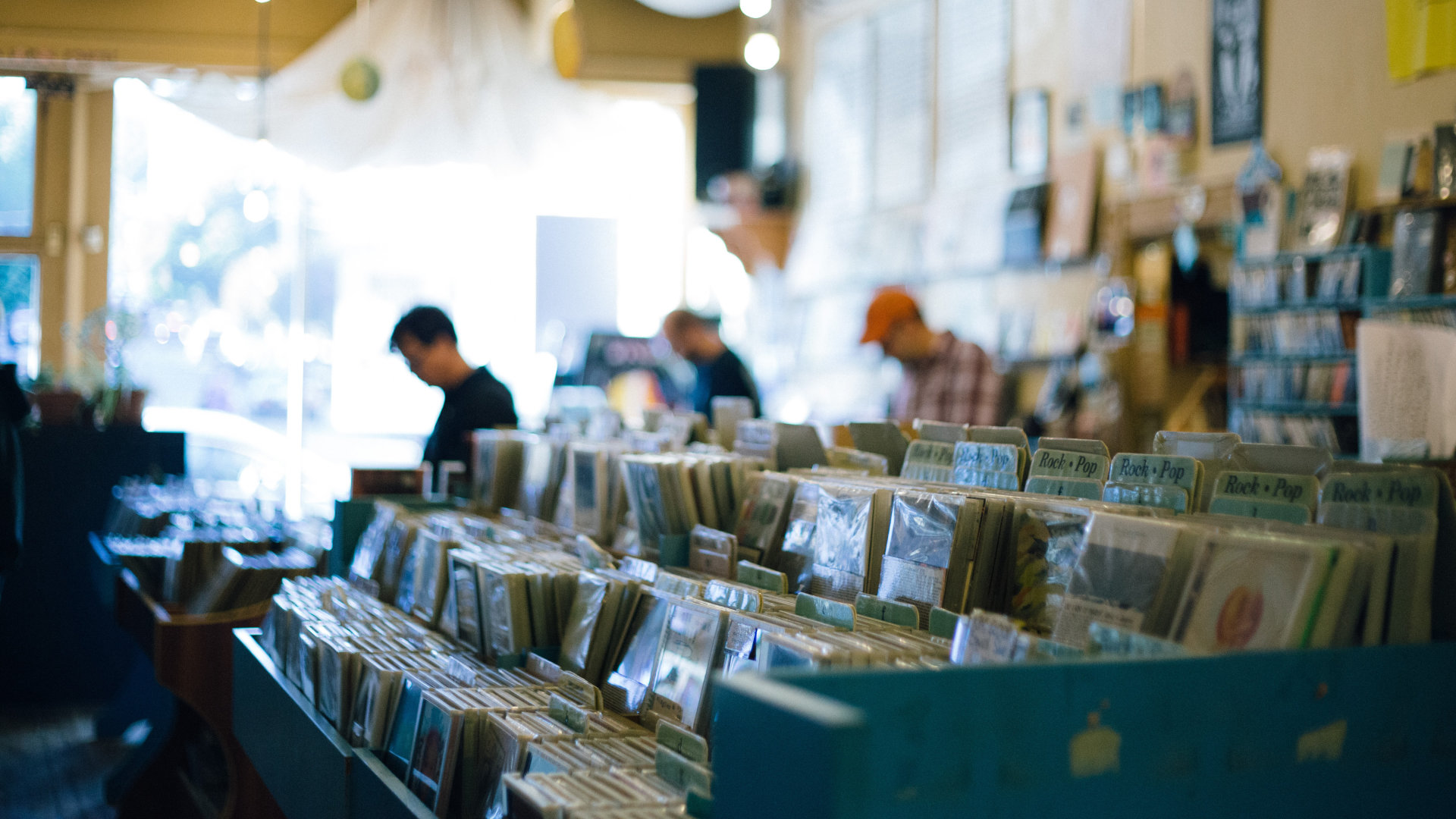If you were planning to record bass guitar at home, using microphones probably wouldn’t be your best option. Anything in the low-frequency spectrum requires an ideal recording environment which can be difficult to achieve if your room isn’t acoustically treated. However, I believe I’ve found the best way to record bass guitar at home after years of trial and error.
In today’s post, I’ll be showing you the best way to record bass guitar at home using two pieces of hardware. Whether you’re just getting started or looking for an upgrade, my personal recording system includes everything you’ll need to create professional results in the comfort of your own home recording studio. The most important component of this system also includes some of the best software you could possibly get your hands on for FREE. Does it sound too good to be true? Let’s find out!
- Recording bass guitar at home using an audio interface
- Recording bass guitar at home using direct boxes (DI box)
- Recording bass guitar at home using Universal Audio hardware
- Recording bass guitar at home using Universal Audio software
- How I personally record bass guitar at home for best results
Recording bass guitar at home using an audio interface
Alright, so you’ve probably considered using an audio interface to record bass guitar at home. Whether you’ve come to this conclusion on your own or by reading another blog post (or this one), you’re on the right track!
Compared to using an amplifier and microphones, it’ll be much simpler (and cost-effective) to record straight into an audio interface.
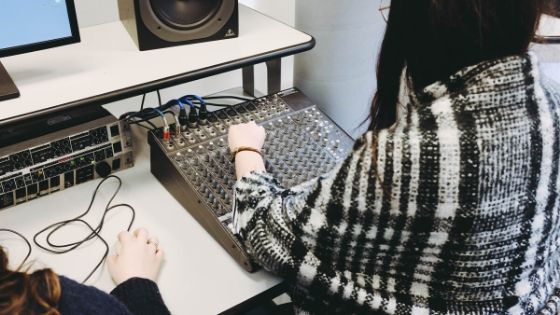
The quality of your recordings will also be much better considering most of us don’t have the luxury of having an acoustically treated room. You could get away with it if you were recording guitar at home, but as I mentioned, bass frequencies are much more difficult to tame.
So, the question now is which audio interface you should use.
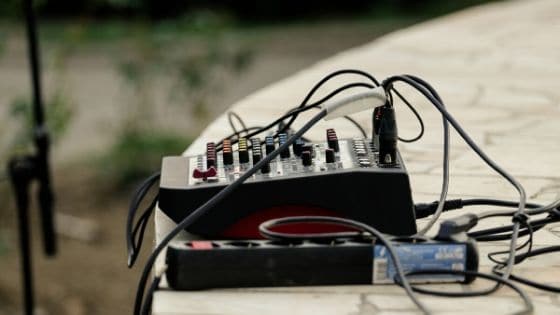
Perhaps you’ve already been using an audio interface or maybe you’re completely new to home recording. Either way, I can almost guarantee that you’re not using what I’m using! Is that really a bad thing though?
I’ll be talking about what you’re potentially missing out on soon, but for now…
Let’s talk about what we NEED our audio interface to do.
If you’ll be recording bass guitar exclusively, you won’t need to worry that much. However, there are some features that could either make or break your recording system.
Here’s what I’d be looking for:
- 2 inputs/2 outputs (XLR/1/4-inch combo)
- 48V Phantom Power
- HI-Z input (at least one)
- Thunderbolt connection (if you’re using Mac)
- The ability to monitor in zero-latency (direct monitoring)
Luckily for you, most audio interfaces already incorporate most (if not all) of these elements.
It’s become standard to include these features, but some older models usually lack the HI-Z inputs. If you aren’t familiar with this term, it simply refers to the ability to switch your audio interface’s preamp to high-impedance.
In layman’s terms, this would simply eliminate the need for direct boxes (DI box).
If you’ve never used direct boxes, we’ll be talking about them in the next section. Just keep in mind that you’ll absolutely need one if your audio interface doesn’t include those HI-Z inputs.
However, I personally use direct boxes for an entirely different reason!
Recording bass guitar at home using direct boxes (DI box)
Bass guitars are referred to as high-impedance instruments. To spare you all that technical jargon, this basically means that their output impedance (voltage) is much higher than that of microphones, for example.
Another thing about microphones is that they use “balanced” signals while instruments like guitar and bass guitar use “unbalanced” signals.
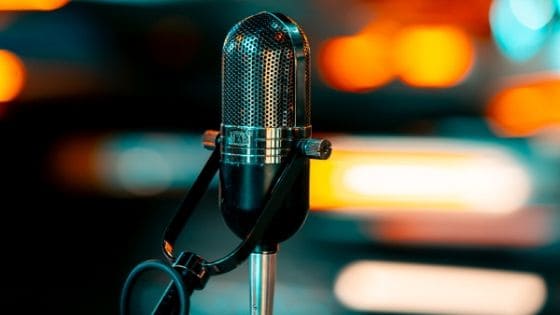
The difference is simple if you were to hear the two side-by-side. Balanced signals are usually (99% of the time) free of any hum/static. If you’re familiar with guitars, you know how noisy they can be, especially if you’re using single-coil pickups.
Now, direct boxes (DI box) would essentially convert your unbalanced signals into balanced signals.
They would also convert high-impedance “line-level” signals to low impedance “microphone-level” signals.
If you’ve ever plugged your bass guitar straight into an audio interface without HI-Z inputs, you know that the results aren’t that great. First of all, you’d need to turn your volume down to almost zero to avoid clipping your converters.
Another very obvious flaw is the sound quality when using virtual amplifiers (Amplitube, Guitar Rig, etc…).
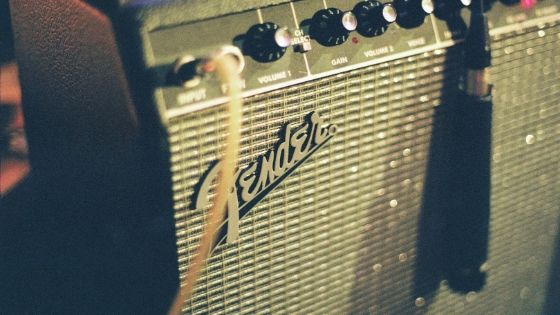
Both of these issues are directly correlated to the high-impedance/unbalanced signal. However, the problem isn’t the instrument itself, it’s the audio interface’s ability (or inability) to handle these types of signals.
Guitar/bass amplifiers are designed to handle these types of signals and so are audio interfaces equipped with HI-Z inputs (that’s what they’re for).
Before manufacturers started incorporating HI-Z inputs though, we absolutely needed direct boxes to convert our signal. So, why am I still recommending the use of direct boxes?
It’s very simple, I use the direct box to “split” my signal so that I can record two signals at once.
If you’re using an average audio interface though, you won’t see the true value of incorporating direct boxes into your recording system. I’ll be explaining my entire setup at the end, but first, we need to understand what distinguishes average audio interfaces from what I personally use.
Starting now, we’re leaving the objective world and entering my personal subjective world of what I believe to be the best way to record bass guitar at home.
Keep reading if you’re looking for the best of the best!
Recording bass guitar at home using Universal Audio hardware
If you’ve never heard of Universal Audio, I highly recommend starting out by reading this blog post I wrote. There aren’t any manufactures on the market (as of now) that provide anything close to Universal Audio.
I won’t get too deep into the details because it’s all in this blog post, so we’re staying on track.
The best way to record bass guitar at home is to use Universal Audio hardware. What makes their devices so unique is the onboard DSP processors and Unison preamps. The combination of these two components is what’ll allow you to record bass guitar using plugins (virtual amplifier in this case) in real-time!
If you’ve ever experienced audio latency, this is the permanent solution (read my other blog post to understand why).
Universal Audio works hand-in-hand with Universal Audio software (which we’ll talk about later). Basically, the onboard DSP processor allows these plugins to be hosted in your audio interface. What this means is that your plugins won’t affect latency!
Other audio interfaces have the ability to monitor in zero-latency (direct monitoring), but NONE of them have the ability to do the same using plugins.
That in itself is revolutionary! However, we also need to consider Universal Audio’s patented Unison preamps to understand the real significance. By talking about impedance earlier on, I was actually preparing you to understand how these preamps can benefit your bass guitar.
Essentially, they’re designed to replicate the impedance, tube-like response and circuit behaviour of the analog hardware Universal Audio plugins replicate.
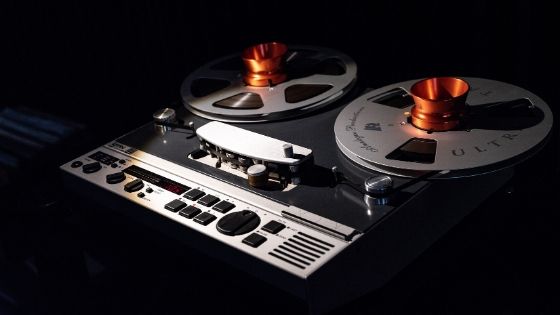
So, if you were recording into an Ampeg SVT-VR (their version of the SVT), it would sound and feel exactly like the real thing! I’m not exaggerating, it’s even better because you could really get it to sound BIG without blowing the roof off your house (or apartment).
It’s as if your audio interface becomes the actual piece of hardware you’re emulating.
Now, the reason I use direct boxes should be pretty obvious. One of my preamps will record the bass guitar along with the plugins while the other will be used as my “clean” DI signal which I can later manipulate during post-production.
It also helps if ever I decide that my main track needs some tweaking later on without needing to re-record the entire thing.
It’s literally the best recording system I’ve ever created and now I’m sure you’re wondering how much this’ll cost. It’ll obviously cost more than those average audio interfaces that bring nothing new to the table, however, it’s not as much as you think (especially if you follow my recommendations).
I suggest reading my product review on the Universal Audio Arrow before moving on.
It’s their most affordable (and best in my opinion) audio interface and the one I’m personally using at the moment. It requires Thunderbolt 3 ports though, so if you’re using USB or Thunderbolt 2, I’ll be recommending some alternatives at the end of this post.
So, the last thing we need to do is talk about the software!
Recording bass guitar at home using Universal Audio software
There’s a lot of mixed feelings about Universal Audio’s analog modelled plugins (mostly because of the price), but rest assured that everything you need to record bass guitar at home is included for FREE with every Universal Audio audio interface.
Yes, I’m talking about that versatile Ampeg SVT-VR virtual amplifier!

However, the only thing I will mention is that their repertoire of bass amplifiers is very limited. The last time I checked, there was only one more and I don’t think it was as good as the SVT-VR. You can nail pretty much any sound with the Ampeg though, believe me.
Besides that, Universal Audio also includes many other freebies such as the legendary LA-2A limiting amplifier.
However, the two most important pieces of software you’ll gain immediate access to are Console and LUNA. Console is basically your virtual mixing console that controls everything that happens inside your audio interface.
On the other hand, LUNA is Universal Audio’s proprietary DAW (or recording system according to them) and it’s fully-functional (more functional than anything else actually).
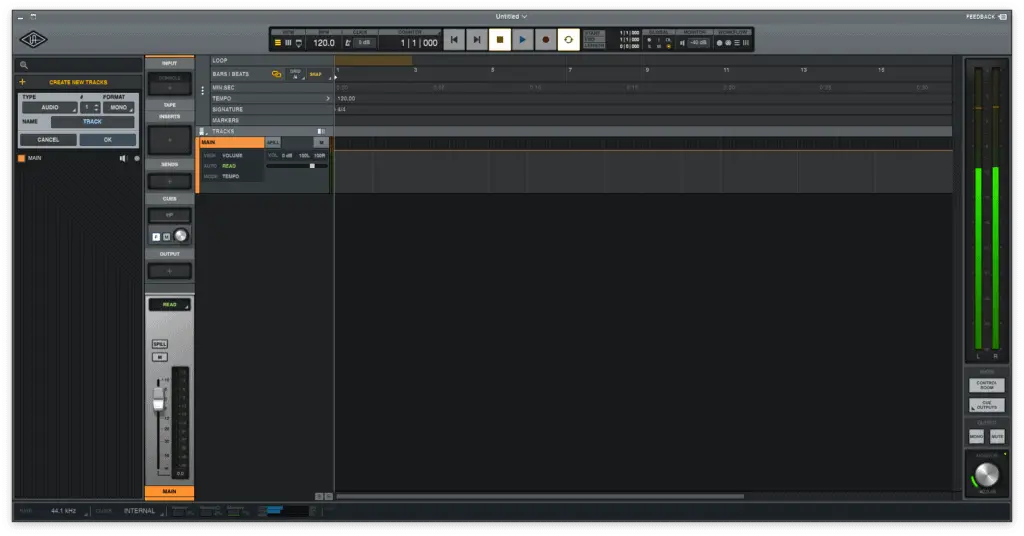
So, if you were starting from scratch, you’d literally be saving TONS of money. You wouldn’t need to purchase any plugins or a DAW. However, keep in mind that LUNA is exclusive to Apple computers for the time being.
Although it’s an impressive piece of software, I still prefer working with Logic Pro X. You can use Universal Audio plugins with any DAW and of course, Console simply acts as the bridge.
Let me explain… The signal chain works in this order:
- UAD audio interface
- Console (plugins)
- DAW
Basically, you’re hosting all your plugins using Console and your DAW will receive that information as if it were coming from an external device (pretty cool, eh?).
In other words, if you’re hosting your plugins using channel 1, it’ll automatically connect to your DAW’s input 1. The best part is that you won’t have to set up anything, it all works seamlessly regardless of which DAW you decide to use.
Regardless of what others are saying on the web, believe me when I say that the quality of the plugins from Universal Audio is exceptional.
They’re designed to work symbiotically with the DSP/Unison preamp combination which you can’t experience with any other setup. It’s absolutely revolutionary and has changed the way I record bass guitar at home.
Hell, it’s changed the way I produce music forever!
How I personally record bass guitar at home for the best results
There aren’t many people talking about what I’ve presented to you today. It’s the reason I refer to this recording system as mine; I’m probably the first to have thought of it.
However, it took me years to come to this conclusion, but it was worth the wait!
Whether or not you think this would be an ideal setup for you, I hope I was at least capable of providing some “outside the box” thinking to inspire your own personal recording system. If some parts of this guide were confusing, allow me to summarize.
The best way to record bass guitar at home (according to me):
- Bass guitar goes into direct box (DI box)
- Throughput goes into HI-Z input (channel 1)
- Balanced output goes to XLR (channel 2)
- Ampeg SVT-VR (Unison-enabled) goes into Logic Pro X (channel 1)
- DI signal goes into Logic Pro X (channel 2)
Of course, you can get creative and add other plugins in your signal chain, but I prefer keeping things simple.
I personally find that Universal Audio plugins sound like the final product on their own. My favourite part of this setup is that it requires minimal post-production work (besides the essentials like EQ, Compression, etc…).
I also personally use the Universal Audio Arrow because it’s the most affordable and at the time, was the only audio interface that featured Thunderbolt 3. You can read my product review to get all the details, but generally, all their devices can do the same thing.
The only thing to keep in mind is the amount of DSP your device includes.
However, the best thing about Universal Audio recording systems is the ability to scale them using additional DSP units known as “Satellites”. You can start with the Arrow and build your way up if you ever need more DSP.
If you’re not using Apple computers though or haven’t got the latest Thunderbolt 3 ports, I will list all the products I personally believe will get you the same results.
Universal Audio Arrow (for Apple computers with Thunderbolt 3 ports)…
Universal Audio Apollo MkII (for Apple computers with Thunderbolt 2 ports)…
Universal Audio Apollo USB (for Microsoft computers with USB ports)…
The Radial Pro48 Active Direct Box (my DI box of choice)…
I hope you’ve enjoyed learning about what I personally believe to be the best way to record bass guitar at home. It’s the best way to achieve professional results with minimal effort and expenses. Achieving similar results with physical hardware like amplifiers and microphones would cost exponentially more. Let’s not forget about acoustic treatment or all your efforts will be in vain! This recording system will allow you to get potentially better results even in your apartment without alerting any unfriendly neighbours. If you’d like to keep learning with me, please subscribe to my weekly newsletter so we can stay in touch. I appreciate your time, thanks for reading!
